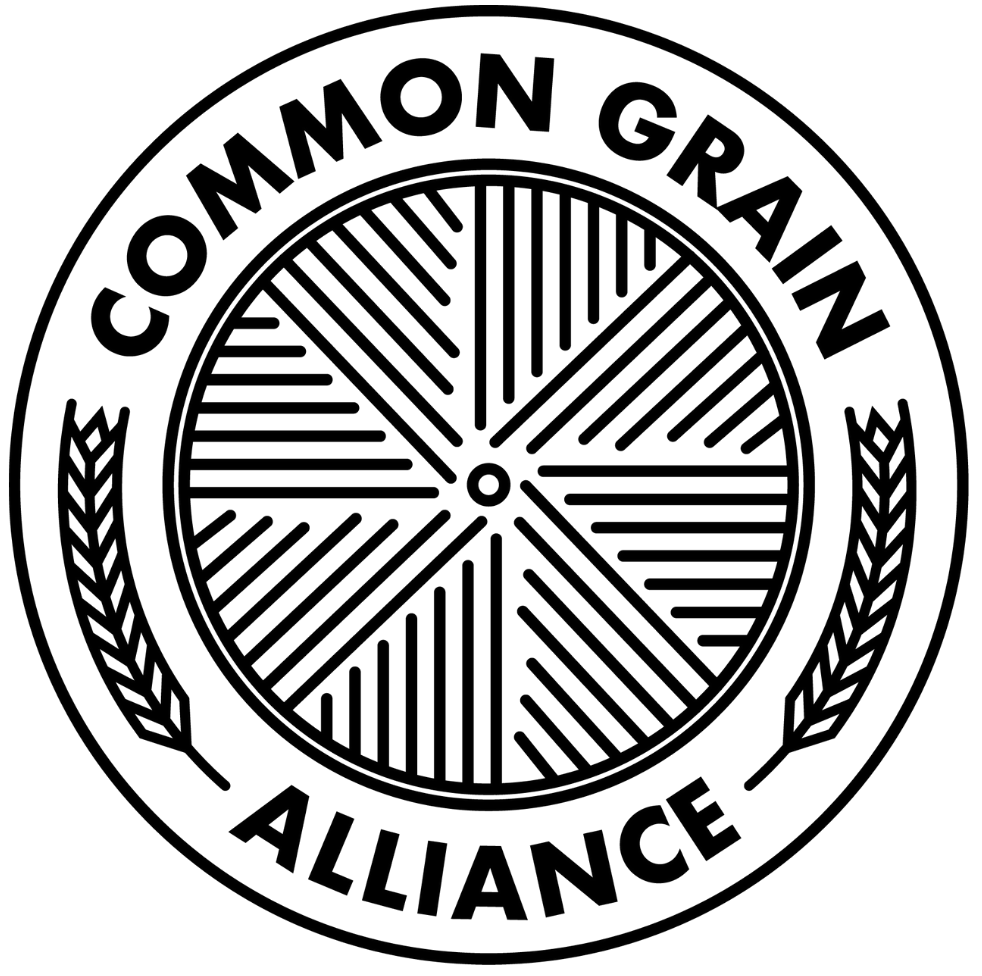
Mid-Atlantic Grains Guide
Grains and Staples from the Mid-Atlantic Region
* INDICATES ITEMS THAT DO NOT CONTAIN GLUTEN (BUT MAY BE PROCESSED IN A FACILITY THAT HANDLES WHEAT)
Barley: Barley is an ancient grain with roots in Mesopotamia, “the cradle of civilization”. While most barley is grown for beverages, the varieties grown for eating lend a hearty chewiness to soups and grain salads. Barley contains eight essential amino acids and recent studies have shown that eating the whole grain can regulate blood sugar.
Beans*: High in protein and fiber with a low glycemic index, beans are a staple of plant-based diets and a perfect vehicle for a myriad of flavors.
Buckwheat*: High in amino acids and vitamins, buckwheat groats can be toasted to make kasha, while the ground flour lends an earthy flavor to pancakes, crepes, biscuits, and soba noodles.
Corn (kernels, meal, grits, polenta and flour)*: Along with kernels fit for popping, local corn can be milled; it can be ground very coarse to create polenta, ground finer for grits, even finer for cornmeal, and the finest for corn flour. In our region these products are made with varieties like flint (“Indian” corn), dent corn, and bloody butcher heirloom corn.
Einkorn: An ancient grain that's higher in protein, trace minerals and essential amino acids than any other wheat, einkorn may be cooked whole or ground into flour for baking. Einkorn is also safe for some gluten sensitivities.
Millet*: A powerhouse, high protein grain with a mild, nutty flavor, millet can be eaten whole as a porridge or ground into flour and added to baked goods.
Oats*: Bursting with flavor, we love using them for oatmeal (baked or overnight too!), oat milk, granola, or milled into fresh oat flour for baking biscuits, muffins, brownies and more.
Rice*: Our region offers Cypress rice (a long-grain brown rice with a tender and fluffy texture great for rice bowls and pilafs), Koshihikari rice (a Japanese heirloom, short-grain rice with a delicate, nutty flavor and chewy texture), and many more.
Rye: With low gluten and a bold, assertive flavor, rye grains can be cooked whole or cracked, or ground into flour for bread and pastries.
Sorghum*: Sorghum berries look like tiny spheres (similar to millet) and have a mild, sweet flavor. They can be cooked like rice into a fluffy side dish or thick porridge, or the dried grains can be milled into flour and used to make gluten-free breads, cookies, muffins and other baked goods.
Spelt: An ancient grain with low gluten and high protein content, spelt has a slender rice-like grain. Spelt flour can be used for bread, pasta, crackers and more. Because its gluten makeup is different from that of wheat, some people with wheat allergies are able to tolerate spelt.
Flours are offered whole and sifted, as all-purpose & pastry flour, and in special blends:
Hard wheat, or “bread flour”: Higher protein content, best for baking bread.
Soft wheat, or “pastry flour”: Lower protein content, best for pastry and flatbreads.
All purpose: A blend of hard and soft wheat.
Winter wheat: Lower in protein, higher in minerals; best for yeasted bread.
Spring wheat: Highest of all in protein content; used for bread flour.
Heritage wheats: Red Fife and Turkey Red are some of the most popular heritage wheats available in our region. They offer high nutritional density, and are best for robust, artisanal breads.


